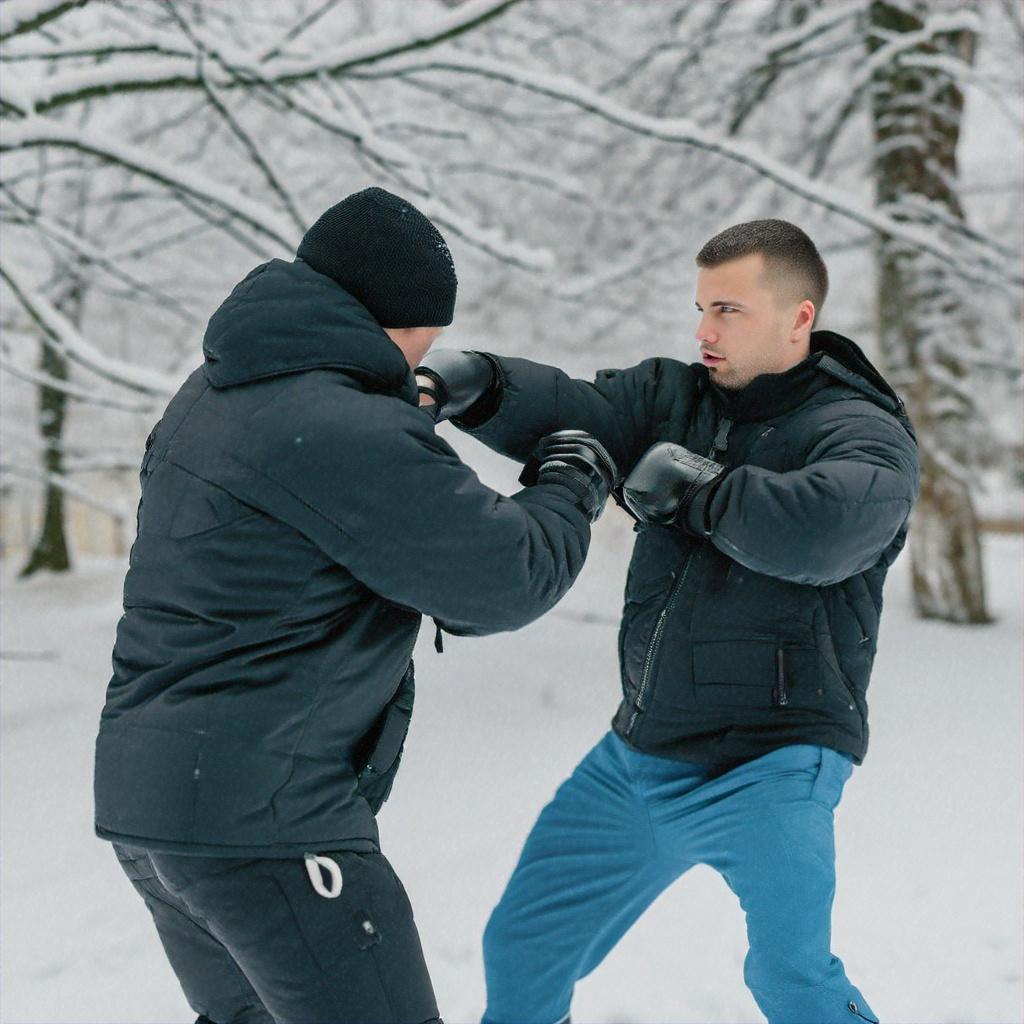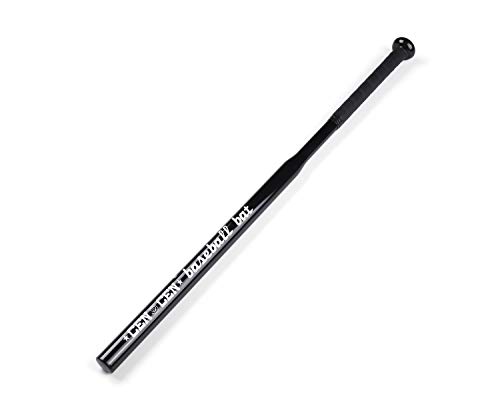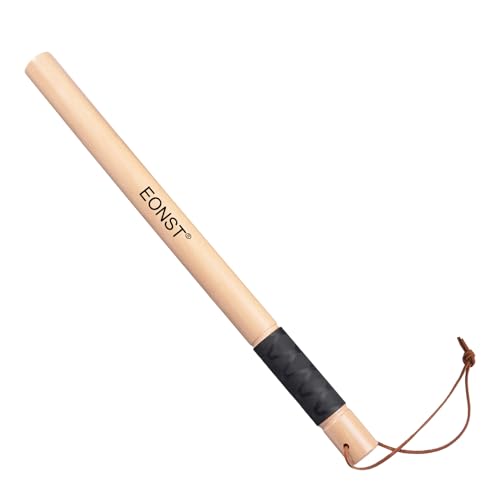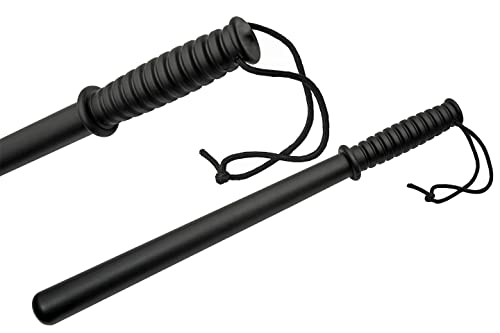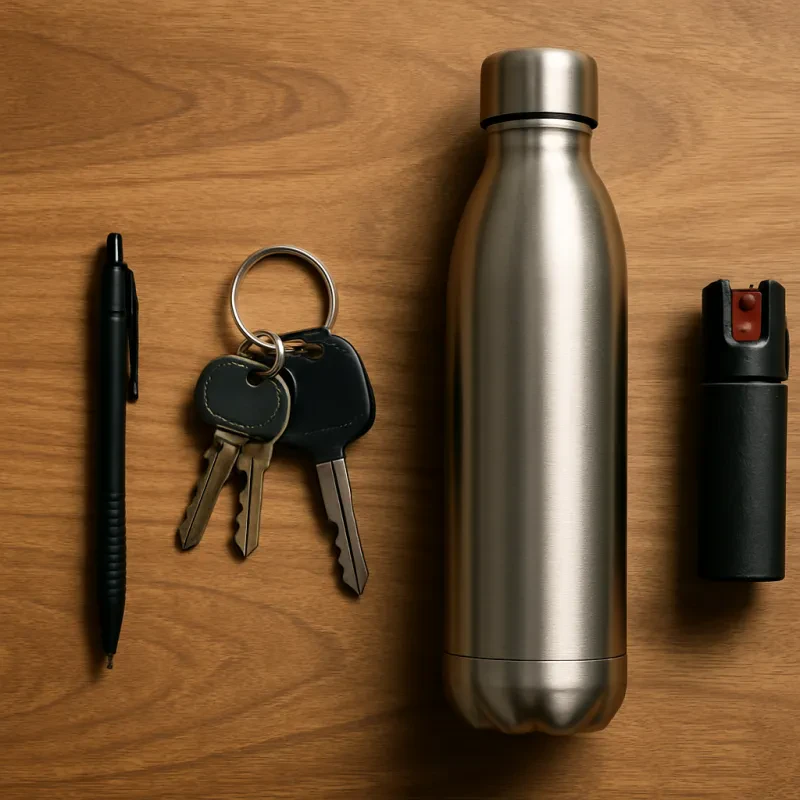Introduction to Seasonal Self-Defense
Self-defense is a critical skill that encompasses not only physical preparedness but also mental awareness and strategic thinking. It is imperative for individuals to recognize how environmental factors, particularly seasonal changes, can influence personal safety strategies. As the weather transitions from colder to warmer months and vice versa, the dynamics of outdoor activities, social interactions, and potential threats evolve accordingly. Being cognizant of these variations can significantly enhance one’s ability to react appropriately in a variety of situations.
For instance, during colder months, lower temperatures may lead to individuals dressing in bulkier clothing, which could hinder mobility. Moreover, shorter daylight hours can create numerous opportunities for potential threats to arise, as visibility is reduced. In contrast, warmer weather often encourages outdoor activities and social gatherings, transforming public spaces into lively hubs but, at the same time, could increase the likelihood of encountering risky scenarios. Understanding these seasonal shifts is vital for devising effective self-defense strategies tailored to the conditions at hand.
Awareness of one’s surroundings and the elements at play is key to personal safety. This involves recognizing how factors such as weather, visibility, and crowd behavior can impact the risk of confrontation or other safety issues. Adapting self-defense techniques and mindset in accordance with these seasonal elements not only promotes safety but also cultivates confidence in one’s ability to respond to unexpected challenges. By staying informed and flexible, individuals can ensure that their self-defense practices remain relevant and effective, regardless of the time of year, contributing to a safer environment for everyone.
Physical Changes in Self-Defense Tactics for Cold Weather
The transition into colder months brings about significant changes in self-defense tactics that necessitate a reevaluation of personal safety strategies. With the onset of winter, individuals must contend with several environmental factors that can affect their self-defense capabilities. One of the most prominent issues is the layering of clothing. During colder months, individuals typically wear bulky clothing, which can restrict movement and limit the effectiveness of certain self-defense techniques. Consequently, it is imperative to develop strategies that consider these physical alterations.
Another factor to consider is icy surfaces, which can dramatically influence an altercation. In colder climates, sidewalks and roads may be coated with ice or snow, making it challenging to maintain balance during a confrontation. Practicing self-defense techniques that emphasize maintaining stability on slick surfaces is crucial. Techniques such as redirecting an opponent's force while keeping a low center of gravity may be particularly effective in these conditions. Furthermore, being aware of one’s surroundings and avoiding potentially dangerous areas is essential during winter when visibility is often reduced due to shorter daylight hours.
As daylight diminishes, personal safety strategies should also adapt accordingly. Individuals should consider increasing their situational awareness and utilizing well-lit paths and populated areas. Practicing self-defense techniques in low-light conditions can enhance one’s ability to respond in an emergency, ensuring that reflexes remain sharp even when the environment is less forgiving. It is also advisable to carry personal safety devices, such as flashlights or self-defense keychains, which can be readily accessible and effective in darker conditions.
In conclusion, the winter months require a thoughtful approach to self-defense tactics, emphasizing adaptability to environmental factors. By understanding and preparing for the unique challenges posed by cold weather, individuals can enhance their self-defense strategies and improve personal safety throughout the year.
Environmental Awareness: Winter Hazards
As the seasons change, so do the environmental challenges associated with self-defense. During the winter months, individuals must be particularly aware of the unique hazards that accompany snow and ice. These environmental factors not only impact mobility but also influence the potential for encounters that may require self-defense strategies. Understanding the complexities of winter environments is vital for anyone looking to maintain their safety and security.
One significant hazard in winter is the increased risk of slips and falls due to icy surfaces. Whether walking on sidewalks, parking lots, or hiking trails, caution is essential. It is advisable to wear shoes with appropriate traction to mitigate this risk. Additionally, individuals should remain vigilant, watching for black ice, which can be virtually invisible and often causes unexpected accidents. When out in snowy conditions, it is crucial to maintain a steady pace and distribute weight evenly to avoid missteps.
Beyond physical hazards, the winter landscape can provide cover for potential threats. Snow-covered areas can obscure visibility and hinder situational awareness, making it easier for individuals with ill intentions to approach unnoticed. Being conscious of one’s surroundings is especially relevant when navigating isolated or poorly lit areas. It is advisable to avoid distractions such as mobile devices, allowing full attention to be directed towards the environment and any potential dangers.
Moreover, winter conditions can alter typical self-defense tactics. The necessity to dress warmly may limit movement, requiring adaptations to one's defensive stance and techniques. All these factors contribute to the importance of environmental awareness during winter months. By staying alert and adjusting strategies, individuals can enhance their self-defense preparedness amidst the unique challenges posed by winter weather.
Warm Weather Self-Defense Strategies
As warmer months approach, individuals often find themselves participating in more outdoor activities and social events. This change in environment can influence the ways in which self-defense strategies are developed and implemented. During times of hotter temperatures, the wearing of lighter clothing becomes common. While this may lead to increased comfort, it also results in reduced availability of personal safety tools typically concealed within clothing. Therefore, it is crucial to rethink self-defense tactics to effectively manage this scenario.
One noteworthy strategy is the enhancement of situational awareness. Warmer weather typically means increased foot traffic in public spaces, such as parks, beaches, and outdoor markets. Individuals should prioritize being cognizant of their surroundings, noticing potential threats or suspicious behaviors. Practicing mindfulness helps improve overall instincts, which is a vital defensive mechanism when faced with confrontations.
Additionally, given the rise in social gatherings during warmer months, individuals should establish safe meeting protocols. This can include setting designated meeting points, ensuring mobile devices are fully charged to enable communication, and coordinating transportation options. The presence of a buddy system can further enhance safety, as having a partner allows for mutual vigilance and support.
Another important factor is adapting self-defense techniques to account for different surfaces and terrains. Operations in outdoor environments may differ significantly from indoor settings; participants should be aware of their surroundings and the terrain they are on. For instance, running on sand or uneven ground may impact the ability to escape effectively. It is advisable for individuals to practice techniques suitable for outdoor settings, such as quick evasive maneuvers or self-defense moves that can be executed efficiently without the encumbrance of heavy clothing.
In summary, self-defense during warm weather necessitates a thoughtful approach, emphasizing awareness, preparation, and adaptability to changing environmental conditions. By integrating these strategies, individuals can maintain their personal safety while enjoying the benefits of the season.
Cultural and Social Factors Influencing Self-Defense Year-Round
The approach to self-defense varies significantly throughout the year as cultural behaviors and social dynamics shift with the changing seasons. Each season presents unique activities and social interactions that can affect personal safety and security awareness. Understanding these variations is vital for effectively adapting self-defense strategies.
In warmer months, outdoor activities such as festivals, barbecues, and sports events become prevalent. These environments often promote a sense of community and camaraderie, yet they can also lead to increased risks, such as overcrowded venues or distractions that can be exploited by those with malicious intent. As social gatherings grow, individuals may become less vigilant regarding their personal safety, potentially compromising their self-defense preparedness. It is crucial for individuals to develop situational awareness and consider personal defense tactics tailored for such environments, which may include choosing secure locations, remaining aware of surroundings, and utilizing mobile safety applications.
Conversely, colder months bring a shift in activities as people tend to congregate indoors offering a different landscape for social interactions. During this period, the focus may change to indoor events such as holiday parties, shopping, and gatherings with friends and family. While these settings are generally perceived as safe, they can present unique challenges, such as increased instances of theft, domestic disputes, or violence related to seasonal stressors. Strategies for self-defense during cold months may involve building a support network, practicing self-defense skills in confined spaces, and maintaining a heightened sense of awareness when commuting to and from events.
The influence of cultural norms and seasonal activities undeniably shapes self-defense practices throughout the year. By recognizing and adapting to these factors, individuals can enhance their personal safety protocols year-round and remain vigilant in both joyous and challenging situations.
Self-Defense Tools and Accessories: Seasonal Considerations
When it comes to self-defense, the choice of tools and accessories can be significantly affected by seasonal changes. During colder months, clothing layers may limit the accessibility of certain self-defense tools, while warmer weather can afford more flexibility and the opportunity to carry a wider array of items easily. Understanding these seasonal dynamics is crucial for effective self-defense strategies.
In colder weather, bulky clothing can restrict movement and make it challenging to reach for self-defense tools quickly. Consider opting for compact, easily accessible accessories such as personal alarms, pepper spray, or tactical pens that can be carried discreetly. A tactical flashlight can also serve as a self-defense tool; its dual functionality for illumination and self-protection makes it a valuable addition to any winter outfit, especially when hidden in a pocket or handbag. Additionally, wearing clothing with hidden pockets can enhance your ability to carry a self-defense tool without drawing attention.
In contrast, warmer months typically provide more options for carrying self-defense tools. With lighter clothing, individuals may find it easier to carry items such as stun guns or small knives. However, it is essential to consider local laws regarding the carrying of such weapons. Furthermore, the choice of self-defense tools should complement the activities associated with the season. For instance, if you are engaging in outdoor activities like jogging or hiking during summer, incorporating self-defense accessories that are lightweight and designed for active movement can be beneficial.
Regardless of the season, it’s vital to ensure that your self-defense tools are accessible yet discreet. Consider selecting items that blend in with your everyday accessories, like keychain alarms or wristbands that look like regular fashion items. This approach not only ensures your safety but does so without causing unnecessary alarm to those around you.
Psychological Preparedness for Seasonal Threats
The mental aspect of self-defense is critical, particularly as seasonal factors can greatly influence an individual's mindset and readiness to respond to potential threats. During colder months, when darker evenings and harsher weather conditions abound, one's psychological state may shift towards withdrawal and caution. Conversely, warmer months often foster a more relaxed atmosphere, which can inadvertently lead to complacency. Recognizing these seasonal shifts is vital to maintaining psychological preparedness.
Staying alert throughout the year is essential to self-defense. It is important to develop and maintain a heightened sense of awareness, irrespective of seasonal changes. For instance, acknowledging that an increase in outdoor activities during summer may lead to unfamiliar environments can help individuals remain conscientious about their surroundings. The integration of daily routines that emphasize situational awareness can serve as a reminder to remain vigilant, no matter the season.
Another strategic component in bolstering mental resilience involves routine self-assessment. Individuals should regularly evaluate their emotional responses to various scenarios, both in their minds and through practical exercises. This self-reflection can help identify areas where anxiety or complacency may exist, empowering individuals to address these emotions constructively. Techniques such as visualization or scenario training can produce a mental framework for effectively countering potential threats.
Additionally, engaging in community self-defense workshops can facilitate a sense of connectedness and support, which is invaluable in fostering psychological resilience. These shared experiences can enhance motivation and create a mindset focused on preparedness. As the seasons transition, maintaining adaptability in one’s psychological approach to self-defense becomes crucial. A comprehensive understanding of how environmental factors influence mental readiness will ultimately fortify individuals against seasonal threats throughout the year.
Training for Seasonal Self-Defense: Recommendations
Self-defense training is essential for equipping individuals with the necessary skills to protect themselves, regardless of the season. Weather conditions can significantly influence the effectiveness of self-defense techniques, making it crucial to adapt training methods based on seasonal variations. For colder months, practitioners should consider courses that focus on self-defense techniques suitable for bundled clothing and slippery surfaces. Classes that emphasize moves requiring less mobility can be particularly beneficial as they prepare individuals to react effectively when dressed for warmth.
During warmer months, training can shift towards techniques that incorporate more mobility and speed. Activities such as sparring and practical drills in environments mimicking summer conditions can enhance one's ability to respond dynamically. Self-defense programs often offer seasonal workshops that tailor content based on the time of year, ensuring techniques remain relevant. Participating in community programs that emphasize seasonal adaptations to self-defense can provide invaluable insights into local environmental challenges.
Online resources also play a pivotal role in self-defense training throughout the year. A multitude of instructional videos and virtual classes are available, allowing individuals to learn new skills or refresh existing ones from the comfort of their homes. Many of these platforms also highlight seasonal variations in techniques, ensuring practitioners can adapt their training according to the climate. Additionally, engaging in activities such as outdoor self-defense seminars can offer exposure to the challenges presented by varied weather conditions.
Overall, tailoring your self-defense training to reflect seasonal realities not only enhances skill sets but also promotes confidence. By participating in structured courses, community workshops, and utilizing online resources, individuals can develop a comprehensive self-defense strategy that is effective year-round.
Conclusion: The Importance of Year-Round Preparedness
In the ever-evolving landscape of personal safety, maintaining a consistent level of self-defense readiness is paramount. The importance of year-round preparedness cannot be overstated, as various weather conditions can significantly impact the effectiveness of self-defense strategies. Whether facing the challenges of inclement weather in the colder months or the distinctive hurdles posed by the warmer season, individuals must adapt their approach to ensure their safety remains a top priority.
Throughout this discussion, we have explored the diverse range of self-defense techniques that can be employed year-round. In colder months, individuals may consider the utility of clothing as potential defensive tools, while also recognizing the need for increased awareness of their surroundings, which can be obscured by factors such as reduced daylight. Conversely, during warmer months, strategies may shift towards mobility and maintaining hydration, which can influence physical performance and reaction times in self-defense scenarios.
Moreover, it's crucial for individuals to regularly practice and update their self-defense skills, tailoring them to seasonal circumstances. Incorporating learned strategies into daily routines—such as awareness training, physical conditioning, and situational preparedness—will serve to reinforce one's ability to respond effectively across varying environments. This adaptive mindset fosters not only physical readiness but also mental resilience, which is critical in emergencies.
In conclusion, cultivating a year-round self-defense mindset is essential for enhancing personal safety regardless of weather conditions. Individuals should actively engage in ongoing education and training, integrate strategies that respond to seasonal changes, and maintain a proactive approach to self-defense. By doing so, they will cultivate a strong sense of empowerment and preparedness that can significantly impact their overall safety and well-being.
